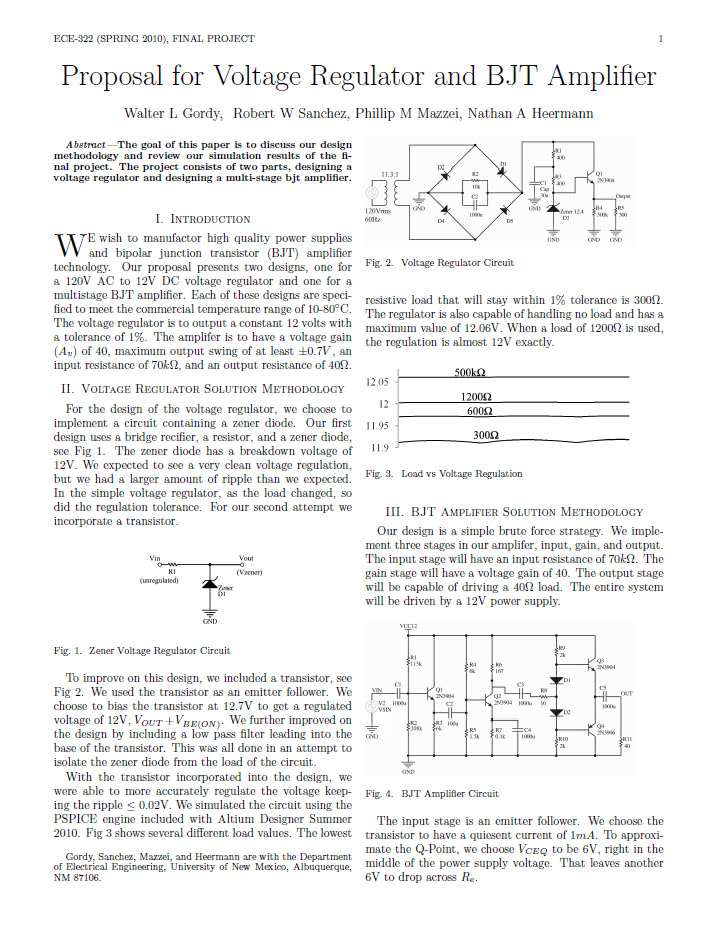Creating Great Looking Documents with LaTeX

| Example of a paper from school |
LaTeX (pronounced lay-tek) is a well known secret for creating professional looking documents. It’s used by publishers to create entire books, complex technical manuals, scientific journals, and the list goes on. LaTeX is different as it allows the user to focus on content rather than struggling with document design.
In LaTeX, documents are compiled and are written in the form of a markup language. This is a different approach than a visual editor such as Word. Since the document is compiled, it allows the program to optimize the document for appearance and lets the user worry about the content. The user still has some control over the placement of content, but doesn’t need to worry about what font to use, or what margins should be. The user instead picks a template formatted for their specific purpose and begins creating.
LaTeX documents just looks better, and publishers of professional content know it. Many publishers provide templates to format papers in, such as IEEE’s manuscript templates for conference proceedings. IEEE provides a document template for both Word and for LaTeX. But if you take the time to compare both with your own document, you’ll notice that the LaTeX document looks great while the Word document still looks like it was done at home. I don’t know what it is, but the documents just look great. It may be the way the program optimizes word and letter spacing, it might be the fonts it uses, but either way you know you’re looking at a professional document. Since LaTeX has been around for so long, there’s are tens of thousands of templates just waiting to be used. One of my favorites is the IEEE journal template. Here are a few examples of papers I needed to write for classes.
You can find out more about using LaTeX by visiting their site at www.latex-project.org. You might be a bit confused about how to get LaTeX at first, I was. You can get a LaTeX compiler here, its called proTeXt.
